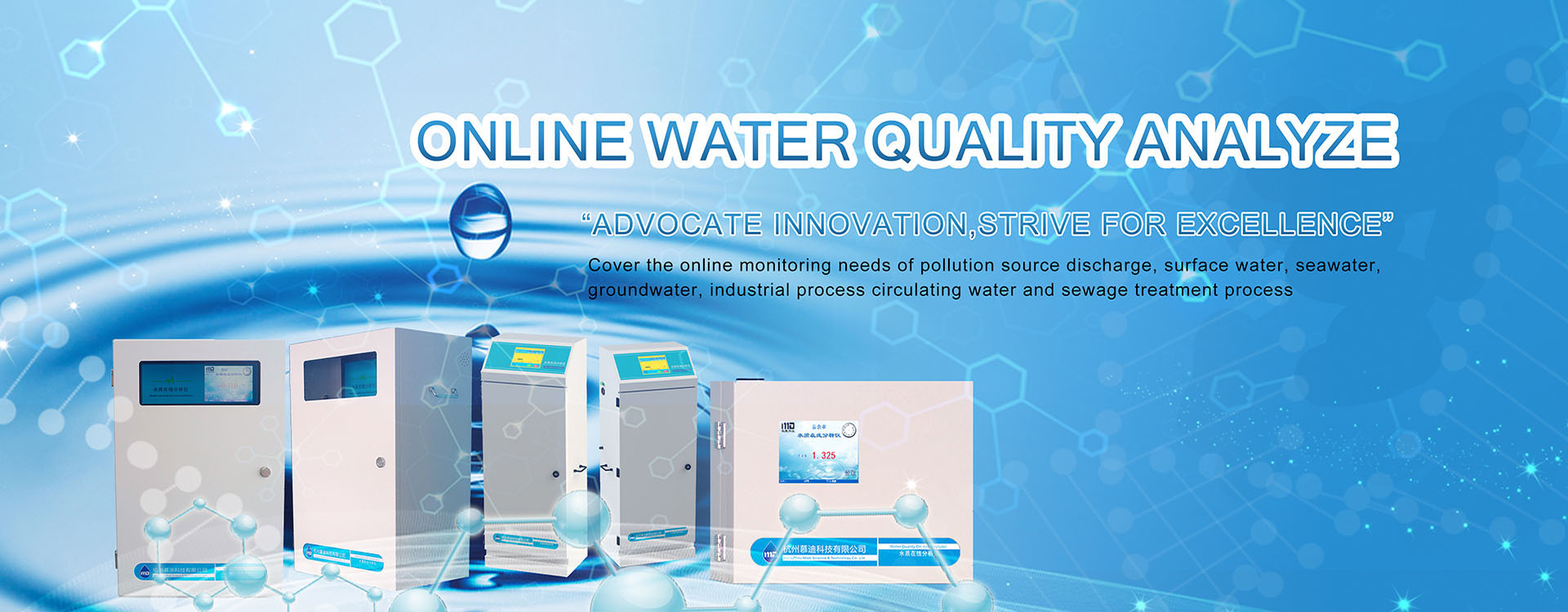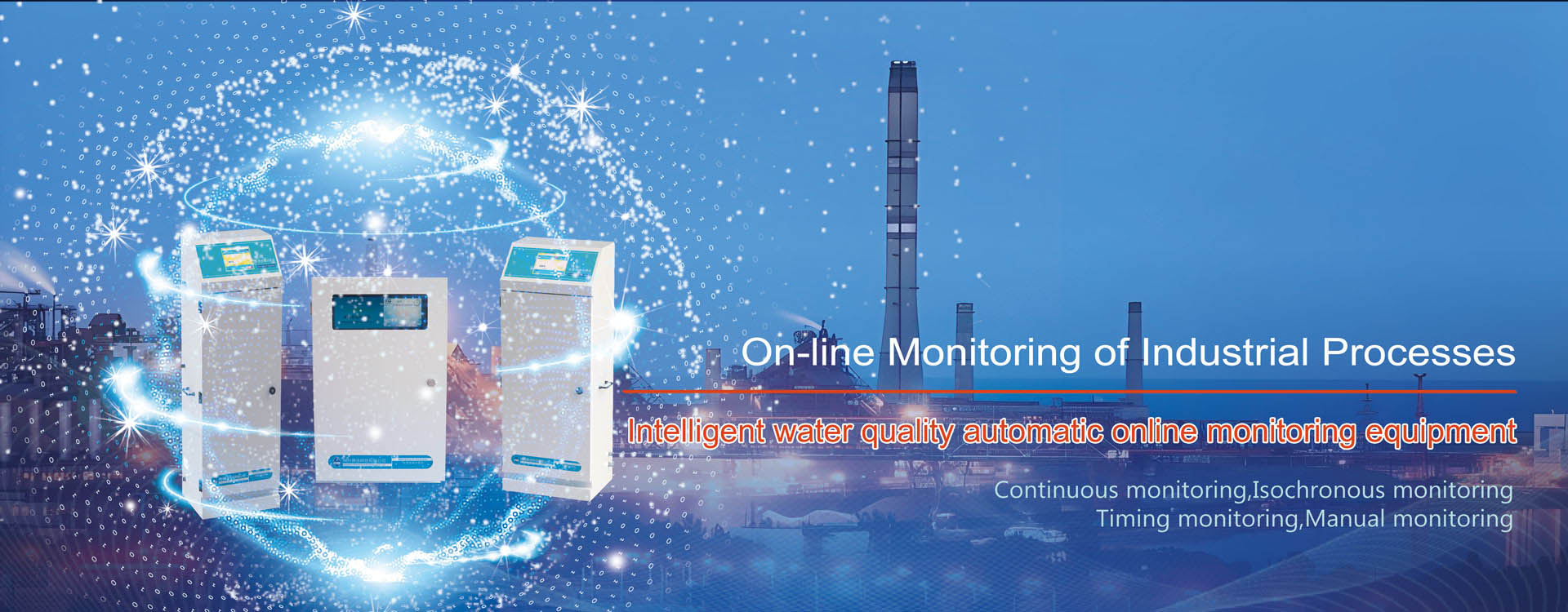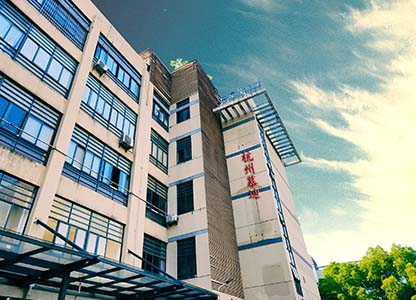Dyeing and printing involve processes like pretreatment, coloring, and patterning, all requiring significant water use. The resulting wastewater is complex, highly colored, and a major industrial pollutant. This article explores how seven critical water quality parameters affect dyeing operations.
- Turbidity
-Cause: Suspended solids and colloidal particles in water.
-Impact: Causes stains and uneven dyeing on fabric surfaces.
-Solution: Maintain turbidity<5 NTU through filtration or coagulation.
- Colority
-Cause: Dissolved humus, organic/inorganic compounds, or industrial effluents.
-Impact: Interferes with dye adsorption, leading tocolor deviation.
-Standard: Colority≤10 times (measured by platinum-cobalt method).
- pH Level
- Dye Solubility:
– Dyes with polar groups (e.g., hydroxyl, amino, sulfonic acid) ionize differently at varying pH.
– Acidic conditions (pH <7) reduce solubility of cationic dyes; alkaline conditions (pH >9) destabilize anionic dyes.
- Fiber Zeta Potential:
– High pH increases fiber negative charge, enhancing dye adsorption (e.g., reactive dyes at pH 10–11).
-Optimal Range: pH6–8.5 for most dyes.
- Water Hardness
-Cause: Calcium (Ca²⁺) and magnesium (Mg²⁺) ions.
-Impact:
– Forms insoluble precipitates with dyes (e.g.,Ca-soap scum).
– Reduces color brightness and fastness.
-Limit: Total hardness<50 mg/L (as CaCO₃).
- Iron/Manganese Ions
-Forms: Soluble Fe²⁺/Mn²⁺ oxidize to insoluble Fe³⁺/Mn⁴⁺ upon exposure.
-Impact:
– Causesrust stains on fabrics.
– Increases dye solution turbidity.
-Limit: Fe<0.1 mg/L, Mn<0.05 mg/L.
- Oxygen Demand (COD/BOD)
-Indicates: Organic pollutants (e.g., humic acids, industrial waste).
-Impact:
– Adsorbs onto fabrics, causingdull colors.
– Promotes microbial growth, degrading dye stability.
-Standard: COD≤100 mg/L, BOD≤30 mg/L.
- Total Dissolved Solids (TDS)
-Components: Inorganic salts (e.g., NaCl, CaSO₄) and organic matter.
-Impact:
– High TDS (>300 mg/L) alters dye ionization and fiber zeta potential.
– Neutral electrolytes (e.g., NaCl) are often added tomodify dye uptake (e.g., salt-assisted reactive dyeing).
Monitoring Solutions
For precise control of these parameters,Hangzhou Modi–Tech offers:
-Online Turbidity Meters
-Colority Analyzers
-Multi-Parameter pH/Conductivity Sensors
-COD/BOD Rapid Testers
Key Takeaways:
-Pre-Treatment: Use ion exchange or reverse osmosis to reduce hardness/TDS.
-Process Optimization: Adjust pH and salt dosage based on dye-fiber interactions.
-Compliance: Meet discharge standards (e.g., China’s GB 4287-2012) to avoid penalties.




